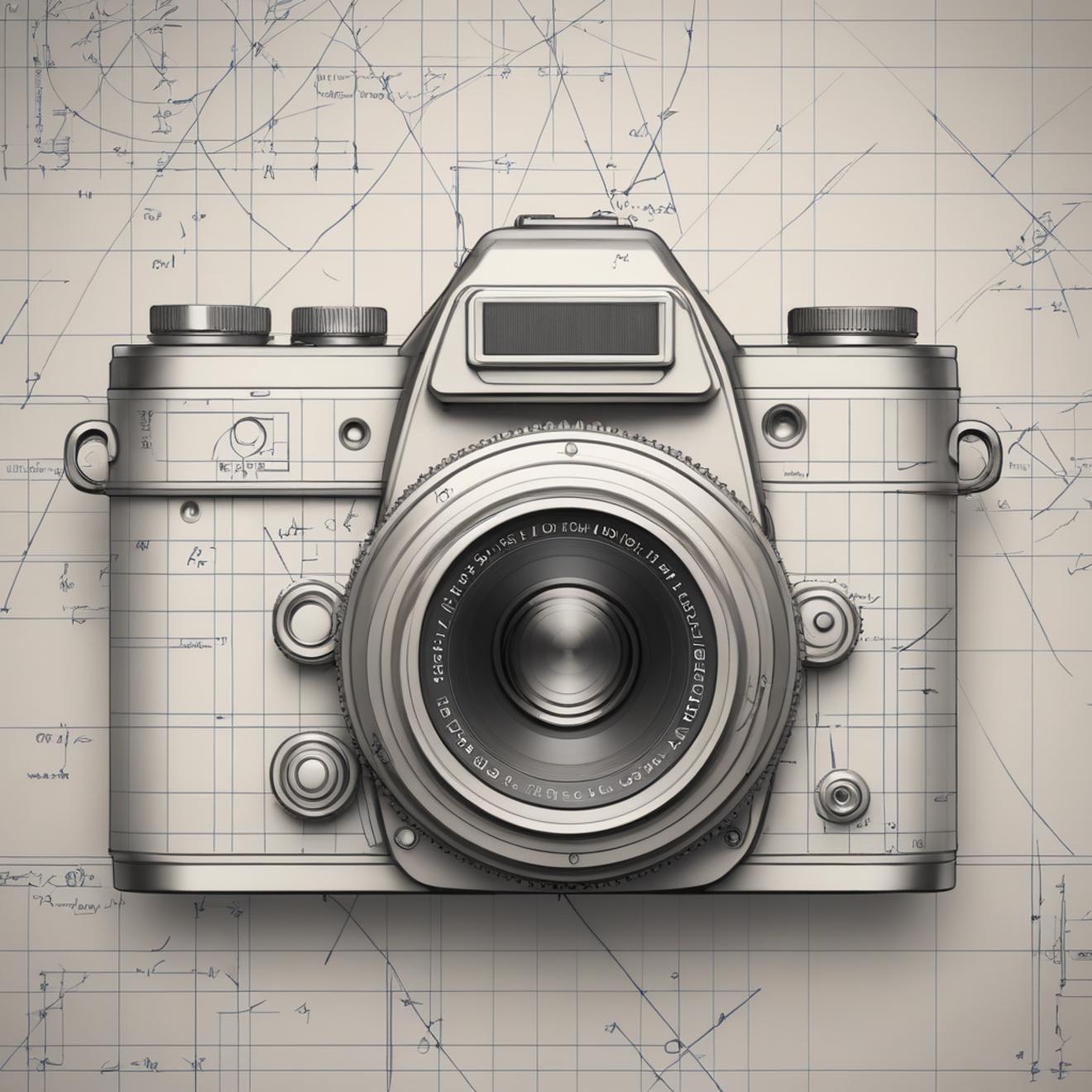Camera angles play a pivotal role in visual storytelling, influencing the mood and perception of a scene. While more comprehensive guides are available, this quick overview will acquaint you with the fundamentals.
Tip:
Experiment with terms like "shot" and "view" to find what works best for your creative process. The effectiveness may vary based on your workflow or setup.
Common Camera Angles:
1. Eye-Level Shot:
- Position the camera at the character's eye level.
- Offers a neutral and natural perspective.
2. Low Angle Shot:
- Place the camera below eye level, looking up.
- Emphasizes power, authority, or dominance.
3. High Angle Shot:
- Set the camera above eye level, looking down.
- Evokes a sense of vulnerability, weakness, or submission.
4. Bird's Eye View:
- Position the camera directly above the scene.
- Provides an overhead perspective, often for establishing locations.
5. Dutch Angle (Tilt):
- Tilt the camera to the side, creating a diagonal composition.
- Suggests tension, disorientation, or unease.
6. Over-the-Shoulder Shot:
- Have the camera look over the shoulder of one character at another.
- Offers the perspective of the character being looked at.
7. Point-of-View (POV) Shot:
- Represent the exact viewpoint of a character.
- Immerses the audience in the character's experience.
8. Wide Shot (Full Shot):
- Capture the entire subject within the frame.
- Provides context and establishes the setting.
9. Medium Shot:
- Frame the subject from the waist up.
- Ideal for conversations and showcasing body language.
10. Close-Up:
- Focus on a specific part of the subject, such as the face.
- Intensifies emotions and expressions.
11. Extreme Close-Up:
- Zoom in on a very small detail, like an eye or a hand.
- Adds intensity and emphasis to a specific element.
12. Two-Shot:
- Frame two characters in the same shot.
- Highlights the relationship or interaction between them.
13. Establishing Shot:
- Typically a wide or extreme wide shot at the beginning of a scene.
- Sets the scene and provides context.
Mastering camera angles will help you control your generation attempts and help you tell more compelling stories through your visuals!





